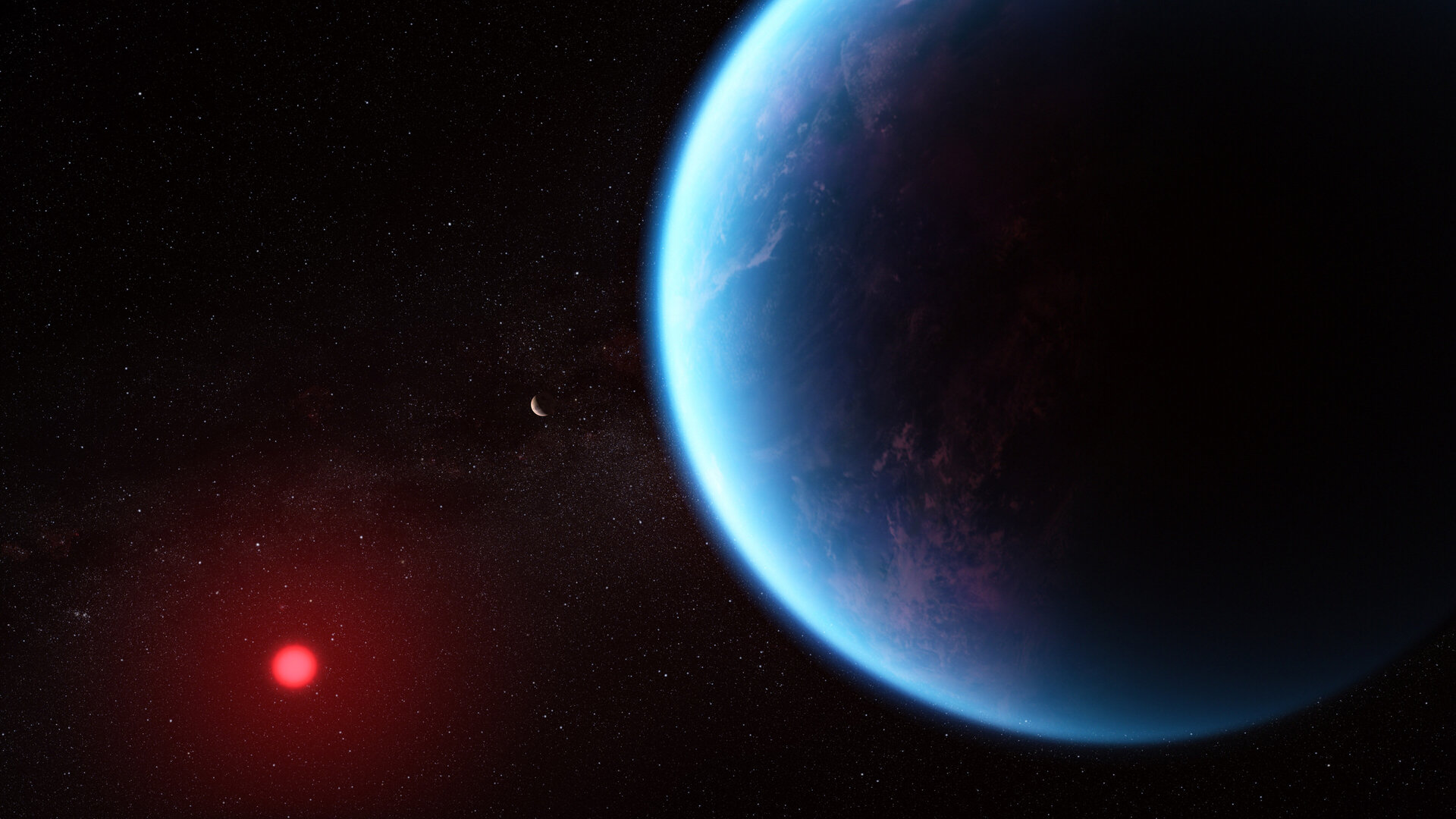K2-18 b is an exoplanet 8.6 times as massive as Earth, belonging to the categorys “super-Earth” or “mini-Neptune”, and orbits its star about 120 light years from Earth.
A new investigation with NASA’s James Webb Space Telescope into K2-18 b has revealed the presence of carbon-bearing molecules including methane and carbon dioxide. Webb’s discovery adds to recent studies suggesting that K2-18 b could be a Hycean exoplanet, one which has the potential to possess a hydrogen-rich atmosphere and a water ocean-covered surface.
There is also evidence of dimethyl sulphide (DMS). This sulphur-containing organic compound is only produced on Earth by organisms during bacterial metabolism. The existence of DMS has not yet been definitively confirmed, but astrophysicists are certainly electrified. Because if there really were DMS on K2-18 b, there would also be a chance of extraterrestrial life. And that would be a sensation!
The community is already eagerly awaiting further findings.
Find more information here.

